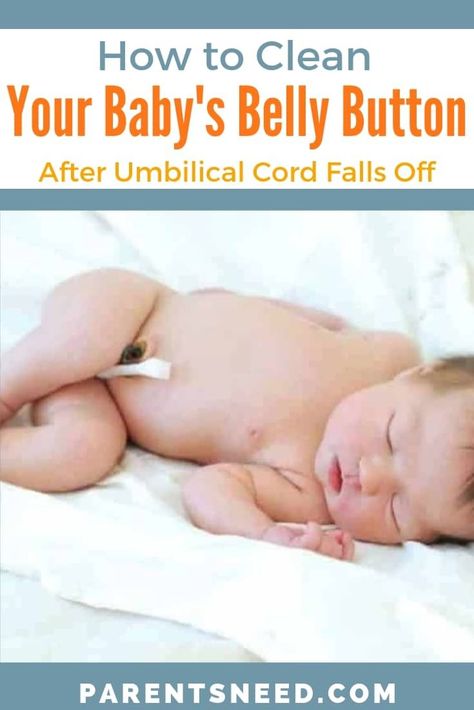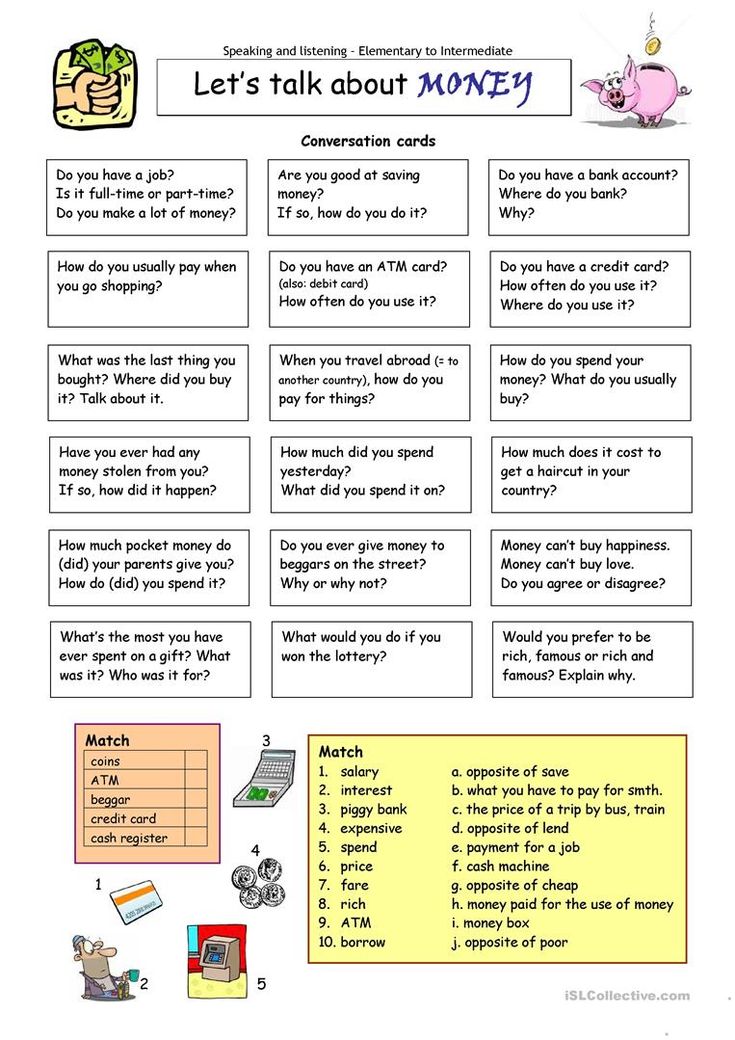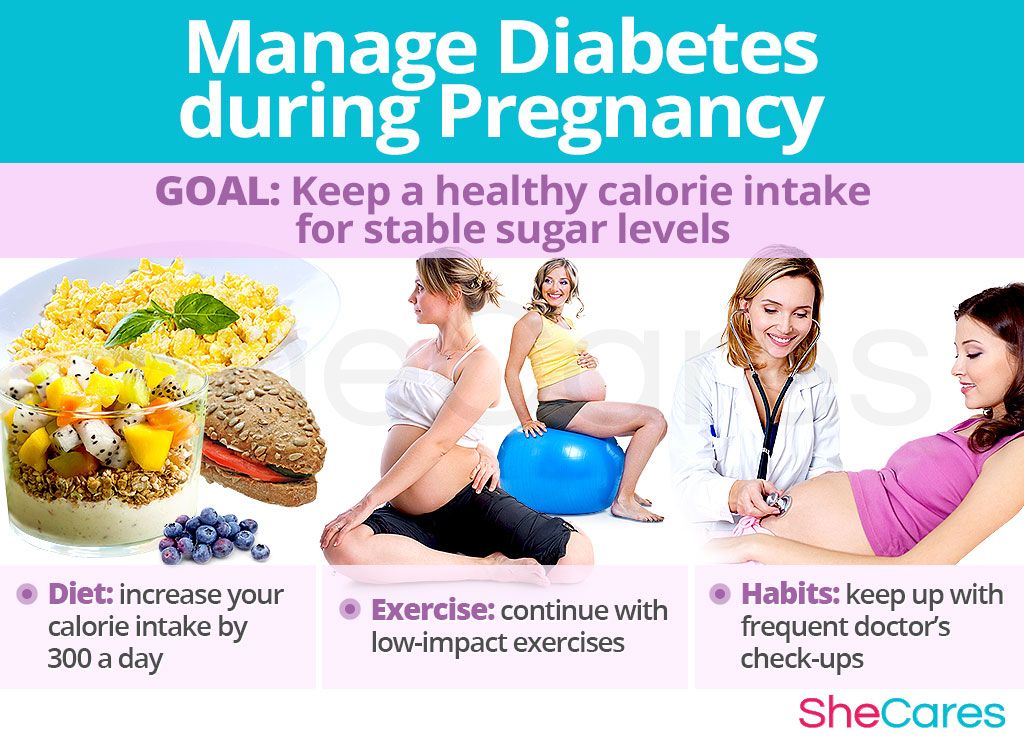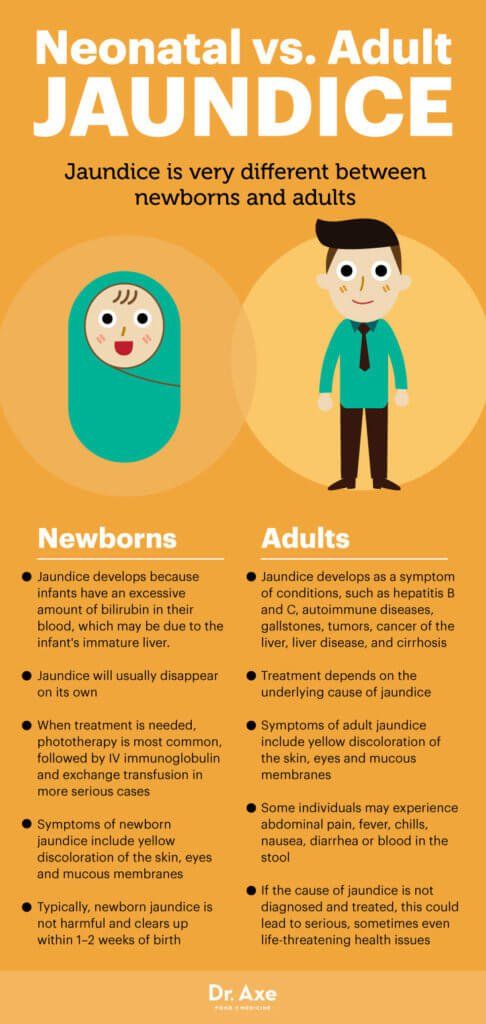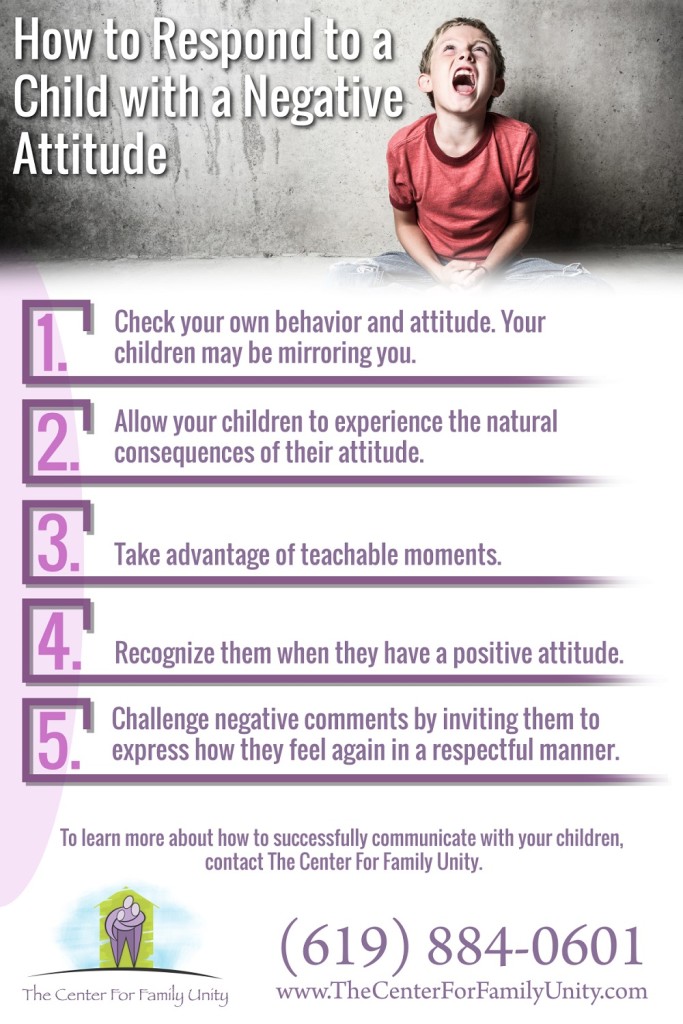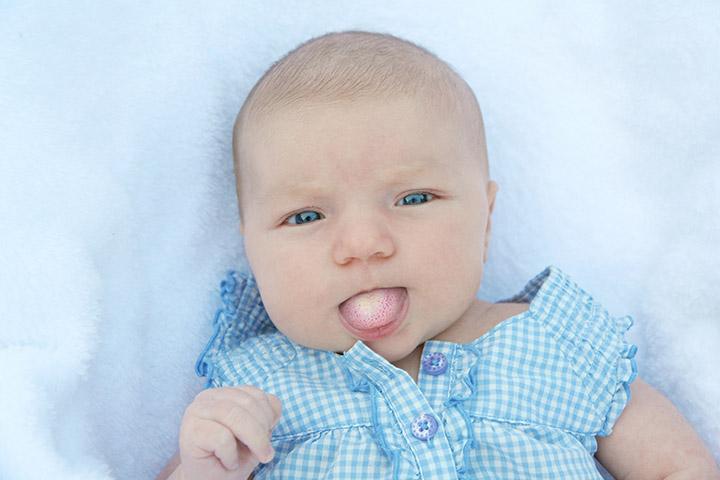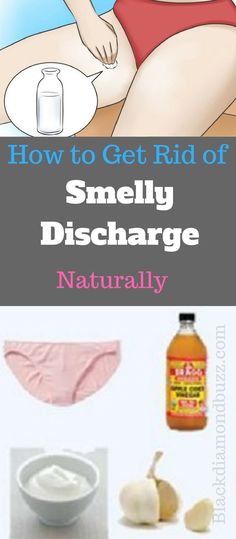Bringing newborn home from hospital
7 Things You Need When Bringing Baby Home
Bringing your newborn home from the hospital is a major milestone. There’s plenty of advice out there on the basics you need and how to be prepared. The truth is you can never be truly prepared, and you don’t need everything all at once. Here is a checklist of the essentials for your baby's first day home.
1. An approved car seat
Hospitals won’t let you leave with the baby if you don’t have an appropriate car seat—it’s the law. You have many options: infant-only seats, 3-in-1 seats and convertible seats. All infant car seats need to be rear-facing because it’s the safest position in a crash. Car seat safety experts recommend keeping children rear-facing for as long as possible. Use extreme caution with used car seats: car seats can’t be used again after a crash and models are often recalled.
2. An appropriate place to sleep
The safest place your baby to sleep is in your room, but not in your bed. It doesn’t matter if you choose a crib or a bassinet. Just choose a safe bed that hasn’t been recalled and is free from soft, fluffy crib bedding and stuffed toys that can suffocate your newborn.
3. Tools to help feed the baby
If you choose to breastfeed, you won’t need much in the way of supplies. Nursing bras and a nursing pillow are nice conveniences. If you’re bottle-feeding, you’ll need bottles, nipples and formula. Make sure to check the expiration dates on formula. Regardless of how you choose to feed your baby, you’ll also want to have burp cloths on hand!
4. Diapering supplies
Note that your baby’s birth weight could vary quite a bit, so you may want to have newborn and size 1 diapers available. You’ll also want to have diaper wipes and baby ointment or rash cream in case of diaper rash.
5. Clothing and blankets in a variety of sizes and types
New babies need several changes of clothing every day, thanks to spitting up and diaper blowouts. Recommended items include a few of each of the following:
- Short- and long-sleeved onesies
- Nightgowns for use until the umbilical cord falls off
- One-piece sleepers—choose ones with zippers to save yourself time and effort!
- Socks or booties
- Scratch mittens (so baby doesn’t scratch his face with his new little nails)
- A snowsuit (depending on climate and when baby will be born)
- Receiving blankets
- Heavier baby blankets
- Dressier outfits (optional, but nice to have)
6.
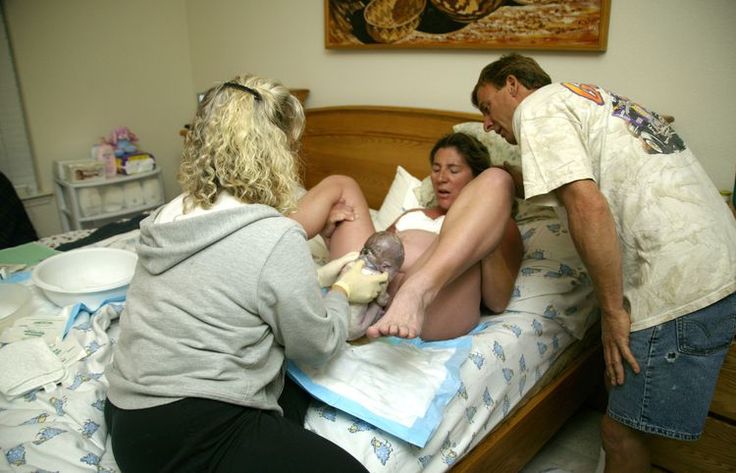 Bathing supplies
Bathing suppliesYou can bathe baby in the kitchen sink with careful supervision, but most parents find it convenient to have a designated plastic infant tub. You’ll also want to have baby washcloths, hooded towels and baby-safe products. Baby shampoo and lotion will keep your little one clean and comfortable.
7. Medical care supplies
You’ll need the basics of infant medical-care supplies on hand.
- A bulb syringe will help suction out mucous
- Baby scissors or nail clippers will prevent your little one from scratching his or her face
- An eyedropper or syringe and medicine, such as anti-gas drops and acetaminophen, may be helpful
- You’ll also want to have a dependable thermometer on hand, like the Kinsa smart thermometer, to keep track of your baby’s temperature and symptoms so you can respond quickly if he or she is sick
Bringing your baby home from the hospital is an exciting time. You’ll find that your baby needs only a few essentials to start out with, including lots of your love.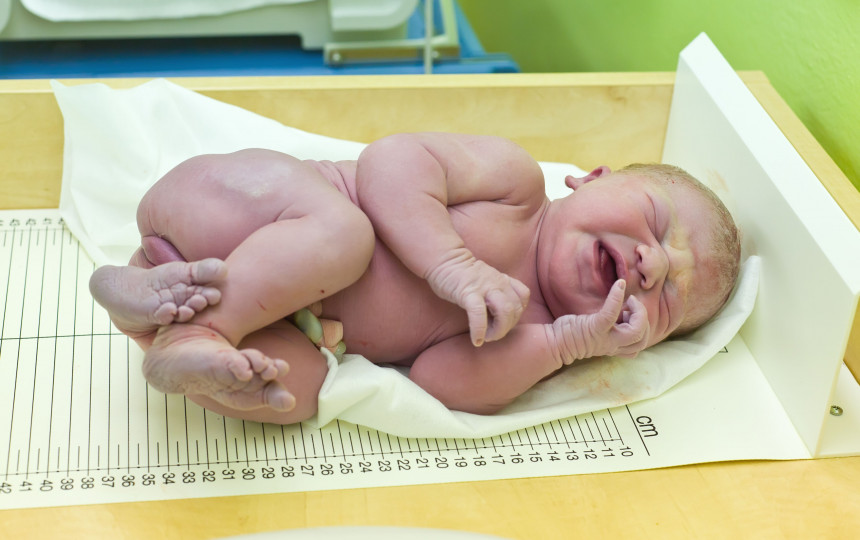
This post was written by Holly Case, a mom of three boys who lives in Texas. Learning how to care for her own kids was the start of a career in writing about parenting and health.
Bringing Your Baby Home (for Parents)
Whether your baby comes home from the hospital right away, arrives later (perhaps after a stay in the neonatal intensive care unit), or comes through an adoption agency, the homecoming of your little one is a major event you've probably often imagined. Here's how to be prepared.
Leaving the Hospital
Moms-to-be sometimes pack clothes for the trip home before even going to the hospital — or they may wait to see what the weather brings and have their partner bring clothing for both themselves and the baby. Plan to bring loose-fitting clothing for yourself with a drawstring or elastic waist because you most likely won't fit into your pre-pregnancy outfits yet.
Babies are often overdressed for the first trip home. Dress your baby as you would dress yourself. So, if you'd be too warm in a knitted hat during the summer, your baby probably will be, too.
So, if you'd be too warm in a knitted hat during the summer, your baby probably will be, too.
In warm weather, dress your baby in a T-shirt and light cotton pants or a baby blanket over bare legs. If it's cold, put footie pajamas, a hat, and warm blanket over your baby. But be sure to keep all blankets far from your baby's face to avoid suffocation.
Chances are much better that you'll bring home a calm, contented baby if you don't spend a lot of time at the hospital trying to dress your newborn in a complicated outfit that requires pushing and pulling your baby's arms and legs.
If you haven't already made the arrangements with your baby's health care provider, make sure to ask when the baby's first checkup should be scheduled before you leave the hospital. Depending on the circumstances, some premature babies also go home with a special monitor for checking breathing and heart rate, and you may be taught infant cardiopulmonary resuscitation (CPR).
But whether your baby is full-term or premature, don't feel rushed out the door — have your questions answered before you leave the hospital. And if you find yourself wondering about anything — from bathing to breastfeeding to burping — ask your nurse, lactation consultant, or your baby's doctor.
And if you find yourself wondering about anything — from bathing to breastfeeding to burping — ask your nurse, lactation consultant, or your baby's doctor.
page 1
The Car Trip
The most important item for the trip home is a proper child safety seat (car seat). Every state requires parents to have one before leaving the hospital because it's one of the best ways to protect your baby.
Even for a short trip, it's never safe for one of you to hold your baby in your arms while the other drives. Your baby could be pulled from your arms and thrown against the dashboard by a quick stop.
Consider buying, renting, or borrowing a car seat before your baby's born, when you have time to choose carefully. There are two kinds of car seats for babies: infant-only seats (which must be replaced when your baby weighs 22 to 35 pounds, depending on the type of seat) and convertible seats that accommodate both infants and older children.
Infant-only seats are designed for rear-facing use only and fit infants better than convertible seats. The American Academy of Pediatrics (AAP) recommends that infants and toddlers ride in a rear-facing seat until they are 2 years old or until they have reached the maximum weight and height limits recommended by the manufacturer. (If your baby exceeds the weight recommended by the manufacturer before the second birthday, you'll need to use a convertible seat designed for bigger babies.)
The American Academy of Pediatrics (AAP) recommends that infants and toddlers ride in a rear-facing seat until they are 2 years old or until they have reached the maximum weight and height limits recommended by the manufacturer. (If your baby exceeds the weight recommended by the manufacturer before the second birthday, you'll need to use a convertible seat designed for bigger babies.)
Some parents of newborns find that a "travel system" (which includes a stroller and an infant-only car seat that can be attached to the stroller) makes it much smoother to transition babies — especially sleeping ones — from the car to the stroller.
Convertible seats face toward the rear until your baby is at least 2 years old or has reached the maximum weight and height limits recommended by the manufacturer. A child who reaches the height and weight limits before age 2 is safest in a bigger convertible seat and kept rear facing. Kids who are small can remain in rear-facing seats even after age 2.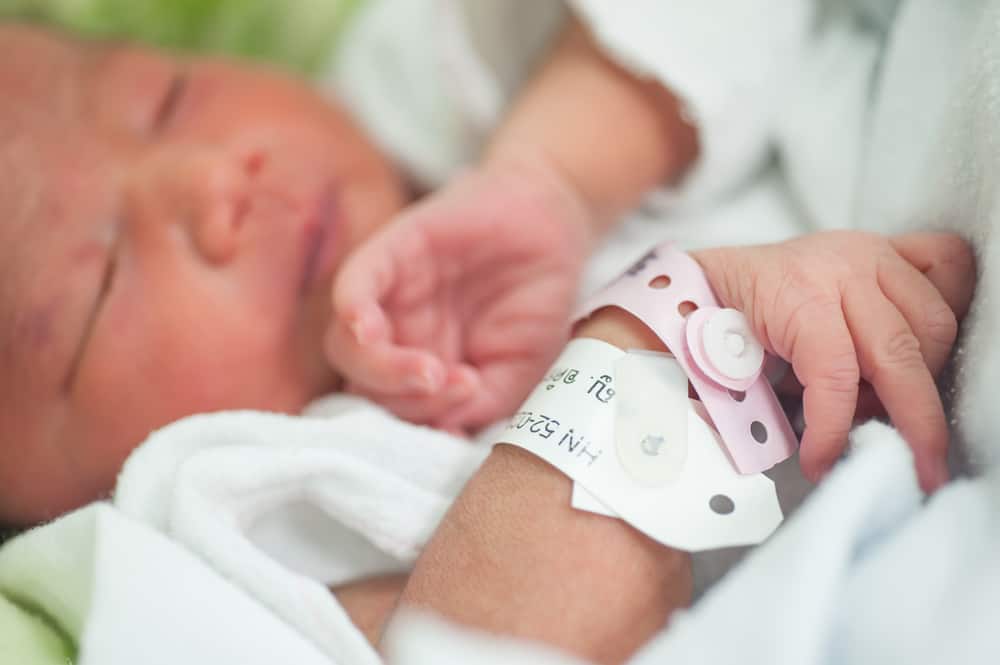 (Follow the manufacturer's guidelines for when to turn the seat.)
(Follow the manufacturer's guidelines for when to turn the seat.)
Never put a rear-facing infant or convertible seat in the front seat of your car — always use the rear seat. Passenger-side airbags in the front seat cabin are hazardous for both rear- and forward-facing car seats, and most accidents happen at the front passenger area of the car. When it's cold, strap your baby in snugly first, then put blankets over the baby.
If you borrow a car seat, make sure that it's not more than 6 years old and was never in a crash (even if it looks OK, it could be structurally unsound). Avoid seats that are missing parts or aren't labeled with the manufacture date and model number (you'll have no way to know about recalls).
Also, check the seat for the manufacturer's recommended "expiration date." If you have any doubts about the seat's history, or if it's cracked or shows signs of wear and tear, don't use it.
Ask at your prenatal classes, health care provider's office, hospital, or insurance company about rental or loan programs for car seats — they're quite common.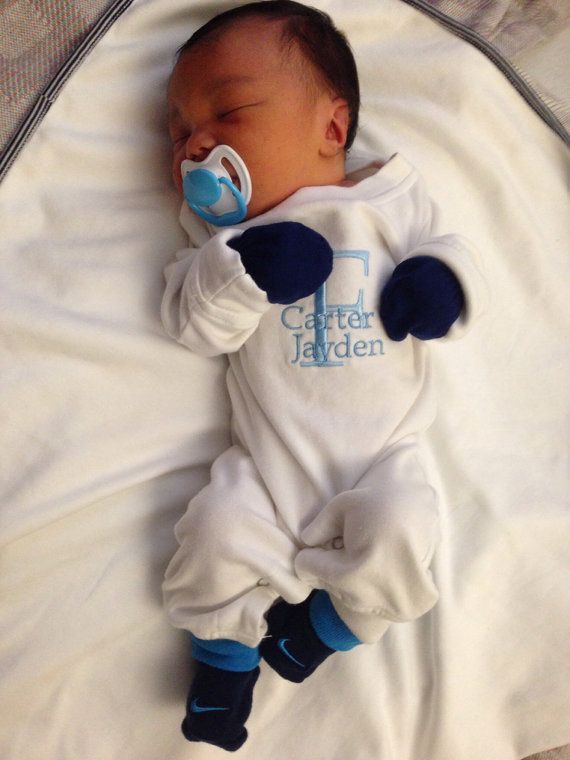
When buying a new seat, it's important to remember that there isn't one type of seat that's safest or best; get one that fits and can be correctly installed in your car. And higher price doesn't necessarily indicate a seat's quality — it could simply mean the seat has added features that you may or may not want or use. Also, be sure to register your new seat so you can be notified of any problems or recalls.
The most common problem involving car seats is improper installation. According to the National Highway Traffic Safety Administration, the majority of all car seats are installed incorrectly. LATCH (Lower Anchors and Tethers for Children) is a system that makes it easier to install car seats. It uses built-in hooks to connect the seat to anchoring hardware in the car. Even though LATCH is standard in the United States, many seats are still improperly installed.
Don't trust illustrations or store displays. Follow the manufacturer's instructions (and keep them handy). Ask your doctor or nurse about local resources where your car seat can be checked by someone specifically trained to evaluate car seat installations. Many hospitals, police and fire stations, and even car dealerships offer this type of service for free. Make sure that the evaluation is done by someone trained and experienced.
Ask your doctor or nurse about local resources where your car seat can be checked by someone specifically trained to evaluate car seat installations. Many hospitals, police and fire stations, and even car dealerships offer this type of service for free. Make sure that the evaluation is done by someone trained and experienced.
If you're bringing your baby home from the intensive care unit, bring the car seat to the hospital ahead of time, so the staff can see if it will work for your baby. If special health concerns rule out a standard restraint, ask your child's doctor to recommend car seats for children with special needs.
For more information on the proper use of child safety seats, read our article on auto safety.
page 2
First-Time Feelings
Don't be surprised if you have mixed emotions as you bring your baby home, especially if this is your first child. You'll likely be nervous. In fact, you may actually feel terrified as you realize that you've given up a certain amount of control over your life.
If your baby wasn't with you much at the hospital, you may not know what sort of schedule your little bundle of joy will keep. But you'll know before long — although babies' schedules do change a lot during those early months. You'll be less stressed if you don't overschedule yourself and can go with the flow.
Depending upon your labor and delivery experience, you may feel physically drained and sore. Your hormones may be struggling to catch up, too. Meanwhile, your partner may feel a little left out if you're totally engrossed with the baby.
You might have other kids awaiting the arrival of this newest family member. Or you may be dealing with a pet who's wondering what's suddenly drawn everyone's attention. And the expectations of new grandparents, competitive siblings, or friends can also make the homecoming stressful.
Your baby's first extended crying period at home will be difficult. Remember: young babies typically cry for 1 to 5 hours within a 24-hour period, and can't always be calmed. Crying usually decreases gradually after the first several weeks. Although it may seem impossible now, in a few months it will be difficult to recall your baby's seemingly endless crying episodes.
Crying usually decreases gradually after the first several weeks. Although it may seem impossible now, in a few months it will be difficult to recall your baby's seemingly endless crying episodes.
The Home Front
Introducing your baby to others at home can be challenging. If you have other kids, be sure to spend some quality time with each of them. Some parents bring home gifts from the new baby for big brothers and sisters. At first, you can expect some jealousy, especially if the main focus of your attention for several years suddenly has new competition. Encourage siblings to "help" you care for this newest family member.
If you have a pet, ask your partner to bring home a blanket with the baby's scent on it and place it near the pet — even before leaving the hospital. Then, when you come home, the pet will already be somewhat familiar with the baby. But remember to never leave pets alone with newborns.
page 5
Family and Friends
Ask your partner to be the gatekeeper for visitors and to limit the number of guests at first.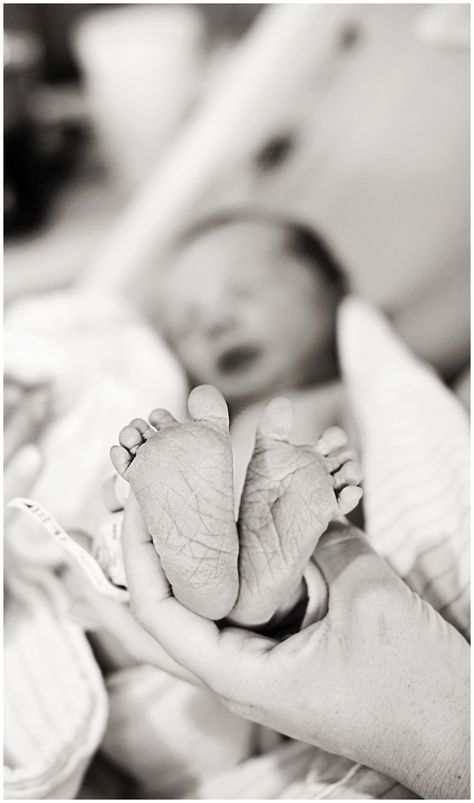 You'll be glad later on if you take some time now to rest and become comfortable with your new situation. Although babies typically aren't shy around strangers for the first 3 months or so, they may become overstimulated and tired if too many people are around.
You'll be glad later on if you take some time now to rest and become comfortable with your new situation. Although babies typically aren't shy around strangers for the first 3 months or so, they may become overstimulated and tired if too many people are around.
If you have voice mail or a telephone answering machine, consider changing your message to give the vital statistics of your new arrival. You might say something like: "Our newest family member has arrived. Her name is Julia Marie; she was born on Tuesday, and weighed 7 pounds, 10 ounces. We're all fine and adjusting to our new life. If you'd like us to call you back when it's convenient, please leave your name and number." You can also set up an automatic email response with this information.
Don't be shy about accepting visitors slowly. Ask anyone who's ill to wait until they're feeling well and no longer contagious before they visit. You shouldn't hesitate to ask visitors to wash their hands before holding your baby because a newborn baby's immune system is not fully developed.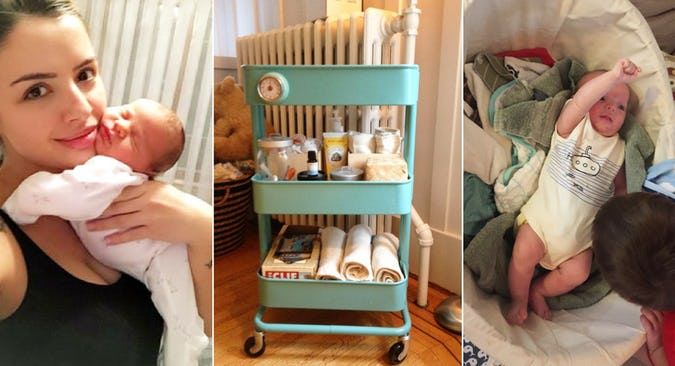
When to Call the Doctor
Your baby's health care provider expects calls from new parents on many topics, including breastfeeding and health concerns (for more on newborn care, visit the Pregnancy & Newborns section). They'd rather have you call than worry about something needlessly.
If you wonder whether you should call the doctor's office, do it, especially if you see something unexpected or different that concerns you. Call if you see any of these signs:
- rectal temperature of 100.4°F (38°C) or higher (in babies younger than 2 months)
- symptoms of dehydration (crying without tears, sunken eyes, a depression in the soft spot on baby's head, no wet diapers in 6 to 8 hours)
- a soft spot that bulges when your baby's quiet and upright
- a baby that is difficult to rouse
- rapid or labored breathing (call 911 if your baby has breathing difficulty and begins turning bluish around the lips or mouth)
- repeated forceful vomiting or an inability to keep fluids down
- bloody vomit or stool
- more than eight diarrhea stools in 8 hours
If your concern is urgent, call your doctor and take your child to the emergency room. Remember, with young infants, minor conditions can sometimes change quickly.
Remember, with young infants, minor conditions can sometimes change quickly.
How to transport a newborn in a car from the maternity hospital
The birth of a child is an exciting and long-awaited day for all family members! Parents strive to fill every minute of their child's life with love and care. Particular attention is required to prepare for the first trips of the baby in the car. The modern range of auto products for a child includes accessories for kids of different ages.
In this article, we will tell you more about how to travel with newborns and pay attention to the important aspects of this issue.
How to transport a newborn in a car
There are special car accessories for the first trip of the baby in the car: infant carriers or car seats of group 0, 0+ or 0+, 1. The infant carrier is a special device designed for children weighing up to 10 kg and up to six months - 7 months. In it, the child is placed in a horizontal position perpendicular to the movement of the car.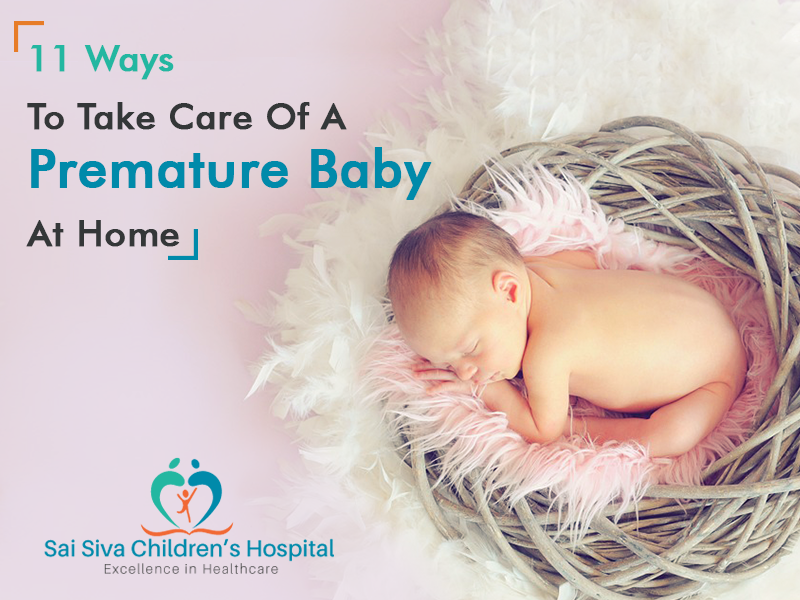 The infant carrier is recommended to be placed on the rear sofa of the passenger compartment, since it occupies two passenger seats at once. For a more secure fit, the baby is fastened with internal seat belts.
The infant carrier is recommended to be placed on the rear sofa of the passenger compartment, since it occupies two passenger seats at once. For a more secure fit, the baby is fastened with internal seat belts.
This option is considered the best for transporting a newborn in a car in the first months of his life. Since the child's muscular system is just beginning to form, only in the supine position during the trip will his body not be subjected to stress. Even with a sharp start or stops, nothing will threaten the baby in the infant carrier.
How to properly transport a baby in a car
For children under 1 year old, you can choose car seats of type 0 or 0+. Such seats are equipped with a special handle, which makes it easier to transfer the seat to and from the car, and are bowl-shaped for greater passenger comfort. Such chairs can be used until the baby's weight indicator does not exceed 13 kg. Inside the seat, the child is fixed with a special five-point belt, while the seat is fastened to the car seat using the isofix system or regular seat belts.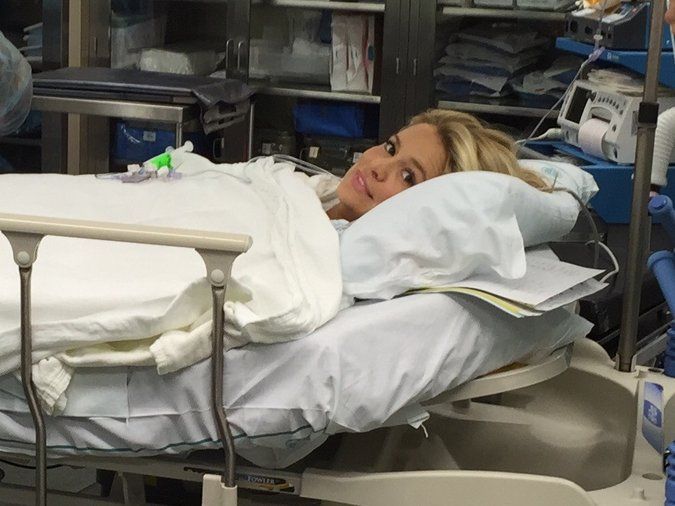
It is important to remember that the child car seat must be positioned against the direction of travel. If the seats next to the driver's seat were chosen as the place for it, then the airbag must be turned off, because if it is deployed due to a strong impact of the pillow on the car seat, the child can be seriously injured.
How to transport a baby in a car
Some moms and dads are convinced that the safest place for a baby in a car is in their arms. However, safety experts are categorically against such a position. Studies have shown that even in a collision at a speed of 40-60 km / h, due to inertia, a person's weight increases several times. That is, holding a child in your arms, in a collision, you can press the child with your own body, which is extremely dangerous.
How to transport a one-month-old baby in a car
Only the right car seat can ensure your baby's comfort and avoid injury while driving. What to look for when choosing this accessory?
Child car seats must:
- have an orthopedic insert;
- be made from safe practical materials;
- be upholstered in textiles in a soft color that is easy to clean from stains;
- be certified in accordance with European quality and safety standards;
- have comfortable, durable internal seat belts;
- fit the passenger in size.

Most parents plan ahead for their baby and buy a car seat before birth. Forethought in this matter is a very significant plus, however, it is best to “try on” a child seat before buying, in order to be sure that the baby will be comfortable in his passenger seat and nothing will cause discomfort.
How to transport an infant in a car
If you are traveling with an infant during the cold season, it is recommended to use insulated envelopes. In it, the baby will feel cozy and warm. Unlike overalls and jackets, which make the baby's body massive, the envelope will allow you to comfortably place the child in the car seat and fasten the seat belts correctly.
What we offer
It is best to buy children's car accessories for children in trusted places, because the safety of little passengers will depend on the quality and reliability of the things you choose. The I Love Mommy store presents to your attention a wide range of things necessary in the car during joint trips with the baby.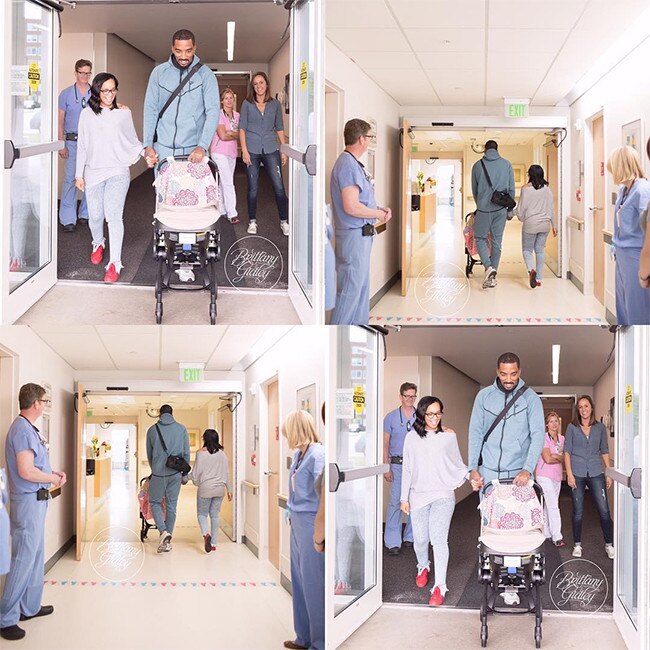 On our site, everyone can get acquainted with car heaters, organizers, headrests, toys, as well as clothes and shoes for girls and boys for every taste.
On our site, everyone can get acquainted with car heaters, organizers, headrests, toys, as well as clothes and shoes for girls and boys for every taste.
We are convinced that shopping at I Love Mommy will be pleasant and productive, because we offer our customers not only products from trusted brands, but also an individual approach to each request. If you want to consult about your purchase or just get some useful advice, I Love Mommy consultants will be happy to help you by phone or online.
how discharge happens, what to take with you
Discharge tips are as relevant as ever at the moment when you can finally say goodbye to the ward, doctors and take your baby home — for every mother, discharge becomes an exciting and at the same time joyful moment. Before this important day, most parents are interested in many questions: how is the discharge going, what needs to be taken to the hospital, what clothes will mom and baby need, how should dad prepare for the arrival of the crumbs? Let's look at everything in order.
Discharge from the maternity hospital
Discharge from the maternity hospital takes place in the following order: most often, the mother is discharged 3-5 days after birth. In case of caesarean section, the period of stay in the maternity hospital can be extended by doctors up to 7-9 days. Before discharge from the hospital, the mother and her child must undergo a medical examination. If the mother still has questions about the health of the baby, she can ask them when examined by a pediatrician. When the analyzes and conclusions of doctors have shown that the condition of the child and his mother does not cause any concern, all the necessary medical documents are drawn up. Before discharge, parents will need to obtain a birth certificate, an exchange card and a statement of the child's health. Also, in some maternity hospitals they give a certificate of vaccinations.
On the morning of discharge, the mother will be told what time to be ready and to invite people to meet her. Most often, relatives are allowed to come for mom and baby after 14.00. When the discharge permit has already been received, the mother should start packing the bags. If desired, she can do makeup and hair to look good in photos.
Most often, relatives are allowed to come for mom and baby after 14.00. When the discharge permit has already been received, the mother should start packing the bags. If desired, she can do makeup and hair to look good in photos.
When the mother announces readiness to the staff, the nurse escorts her from the ward to the discharge room. There, the mother changes into things brought by relatives, while the nurse collects the baby. After that, a solemn meeting with relatives begins.
By the way, do you know what habits you should definitely give up during pregnancy? Read an article from a leading expert at the link...
What things to take for discharge
On this day, mom will need a bag with everything she needs. You don’t need to take it with you, relatives will give the bag to the maternity hospital right on the day of discharge. Discharge items:
- Baby clothes and diapers
All items must be washed and ironed thoroughly. Do not forget that all clothing that comes into contact with the baby's body should be made of hypoallergenic materials. Also, things should be easy and quick to remove. When choosing clothes for an extract, be sure to take into account the time of year. In the summer, it is better to put on a baby hat, light knit overalls, and then wrap it in a thin diaper. Be sure to protect the head of a newborn with a cap, even if the day seems warm and windless. In the off-season, under a warm envelope or a blanket, a cotton vest, a shirt with sliders or overalls are perfect. Also, the baby should wear a warm fleece or plush overalls, scratches for pens, socks and two hats: a knitted cap and a thicker hat on top. For winter discharge, you can use the same combination of things by adding a sheepskin envelope or a transformer overall
Do not forget that all clothing that comes into contact with the baby's body should be made of hypoallergenic materials. Also, things should be easy and quick to remove. When choosing clothes for an extract, be sure to take into account the time of year. In the summer, it is better to put on a baby hat, light knit overalls, and then wrap it in a thin diaper. Be sure to protect the head of a newborn with a cap, even if the day seems warm and windless. In the off-season, under a warm envelope or a blanket, a cotton vest, a shirt with sliders or overalls are perfect. Also, the baby should wear a warm fleece or plush overalls, scratches for pens, socks and two hats: a knitted cap and a thicker hat on top. For winter discharge, you can use the same combination of things by adding a sheepskin envelope or a transformer overall
- Clothes for mom
It is recommended to take clothes that mommy wore during pregnancy to the maternity hospital, because the belly does not disappear immediately after childbirth.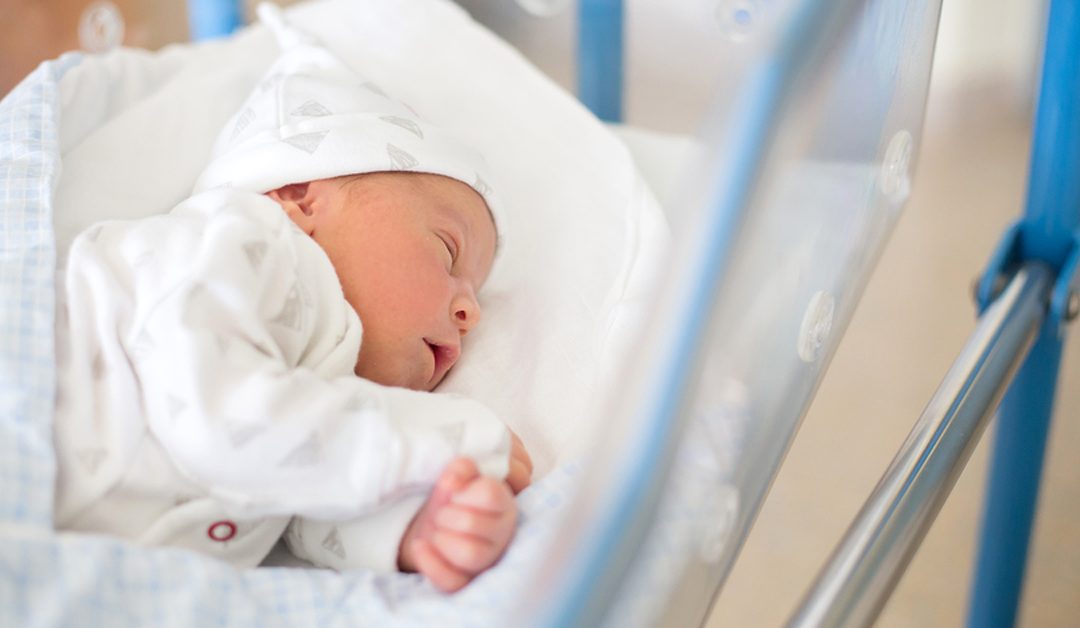
- Car seat with diaper
The car seat is an important item that the family often forgets about. For parents who will take the baby from the maternity hospital by car, you will definitely need a diaper so that the baby does not sweat when it comes into contact with the surface of the car seat. The same accessory ensures hygiene while traveling. It is better to buy diapers specially designed for a car seat with convenient slots for belts.
– Camera and gifts!
A camera is often taken for discharge to capture this important moment for young parents. It is also customary to bring small gifts to the hospital for the staff. Usually nurses are given a cake or sweets.
For more information about collecting a bag to the maternity hospital, our experts told in the article at the link: read the article about the bag to the maternity hospital
How to meet a wife from the maternity hospital
To meet a wife from the maternity hospital is almost the duty of every loving husband! But it is worth taking care not only about the beauty of the discharge, but also the comfort that will be created for mom.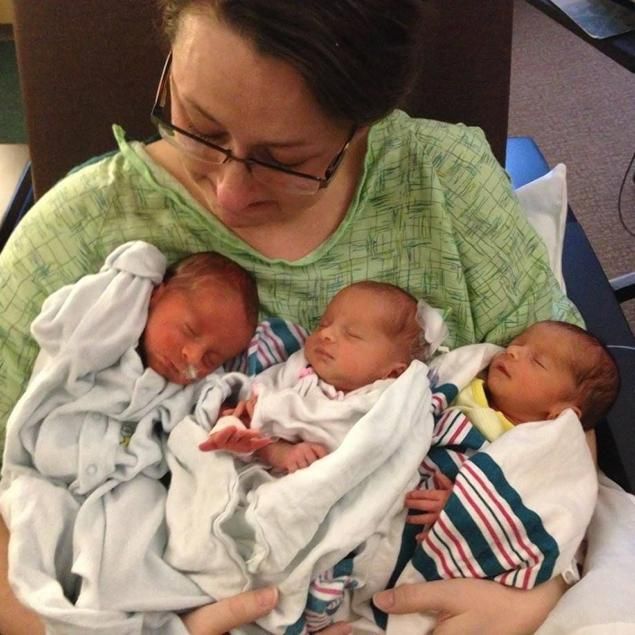 Before the arrival of mother and baby from the hospital, the apartment must be thoroughly prepared. Dad has several important responsibilities at once:
Before the arrival of mother and baby from the hospital, the apartment must be thoroughly prepared. Dad has several important responsibilities at once:
- Thoroughly clean the apartment
Before the baby appears in the apartment, it is recommended to do a general cleaning. But if this is not possible, order and cleanliness must be restored at least in the rooms where the newborn and his parents will sleep. In the entire apartment, it is necessary to wipe the dust from all cabinets and shelves, because it can cause allergies in a child. It is also necessary to wipe the upholstered furniture with a damp cloth, thoroughly clean the carpets, and wash the floors in all rooms.
- Organize a bed for the newborn
By the time the baby arrives, the father must have time to assemble the crib and choose the perfect place for it. It’s not so easy, because you need to keep a number of points in your head at once: you can’t put a crib near the window so that the newborn doesn’t get blown away, and near the batteries in the cold season. The fact is that infants have a very weak thermoregulation system; a hot battery can easily overheat it. It is better to put the crib next to the parent's bed or against the wall. Each part of it must be thoroughly washed with a sponge and soapy water.
The fact is that infants have a very weak thermoregulation system; a hot battery can easily overheat it. It is better to put the crib next to the parent's bed or against the wall. Each part of it must be thoroughly washed with a sponge and soapy water.
- Buy and wash baby clothes and linen
Both clothes and baby bedding should be washed with a special baby powder and then rinsed thoroughly. After washing, experts recommend carefully ironing things with an iron, because steam destroys harmful microbes that get on clothes during drying.
- Check the first aid kit
From the first days, the baby will need medication to treat the umbilical cord. A whole first-aid kit should be ready for the arrival of a mother with a baby at home: hydrogen peroxide, two pipettes, brilliant green, antiseptic, cotton wool and cotton swabs. Also, from the first days, you may need a bath thermometer, a nasal aspirator, diaper powder and baby cream that prevents diaper rash.